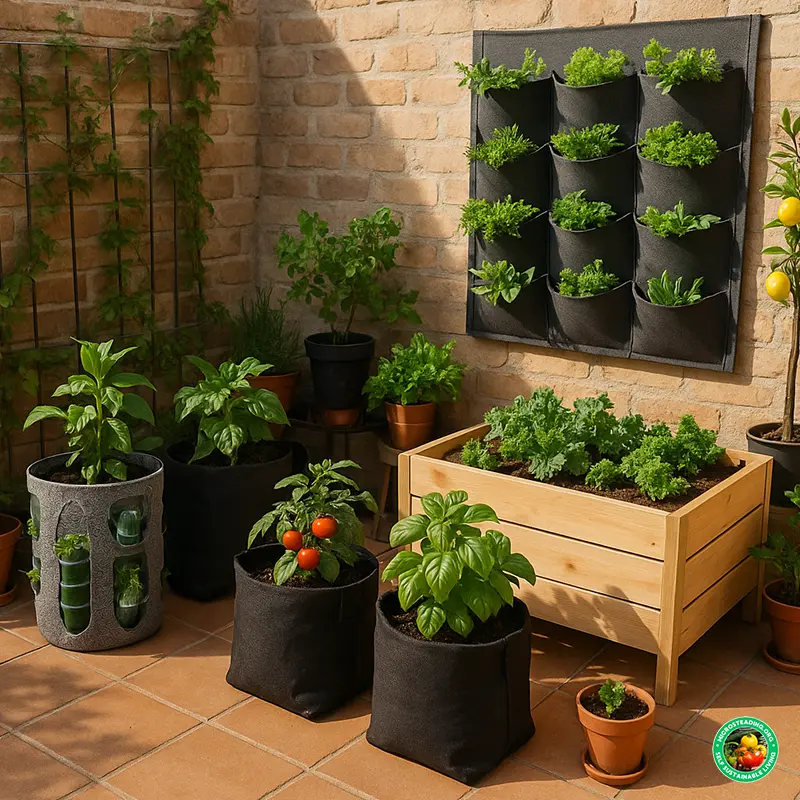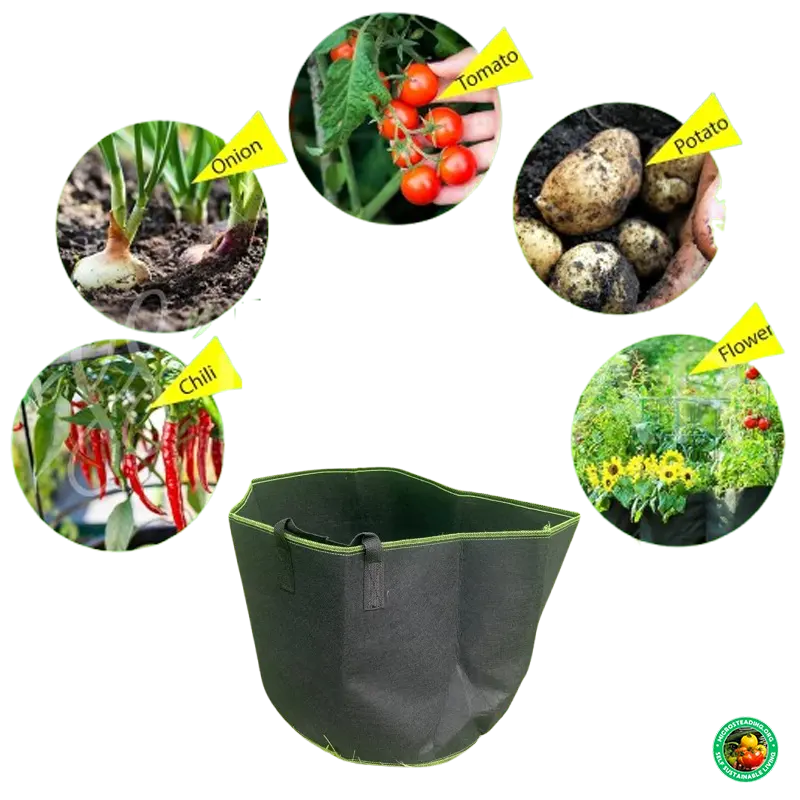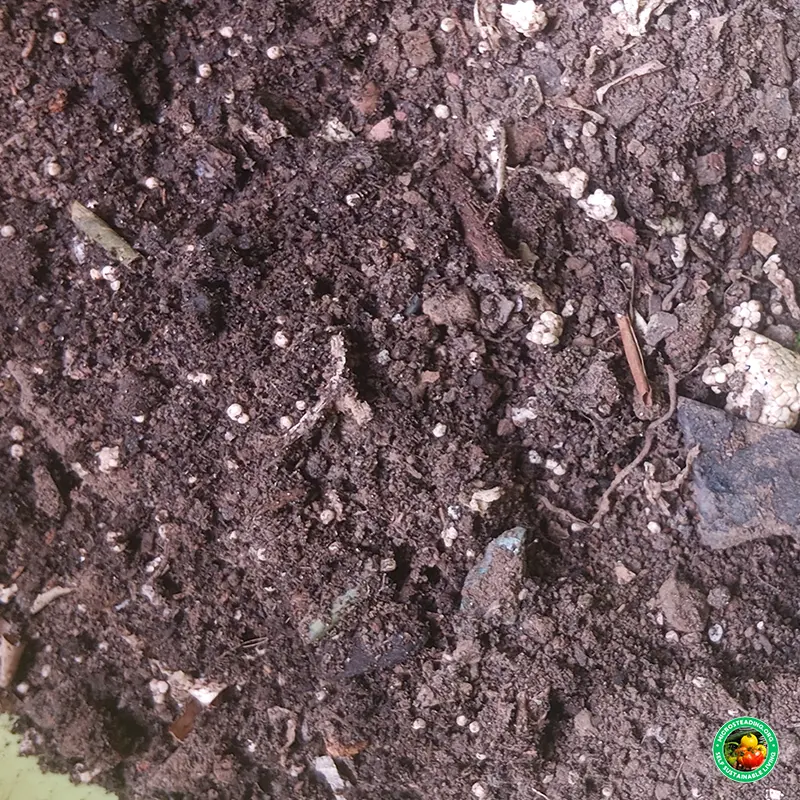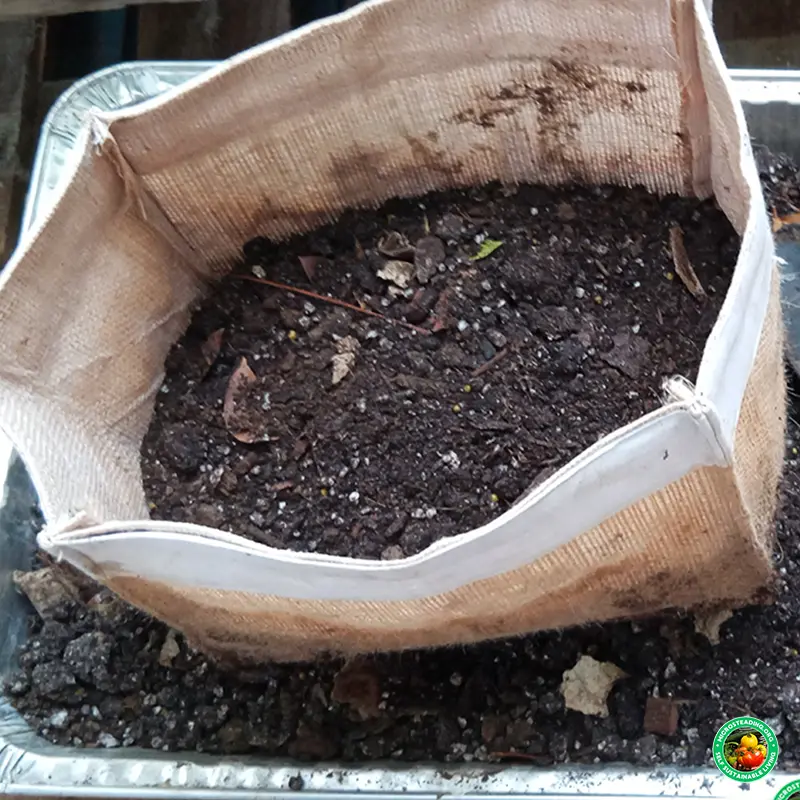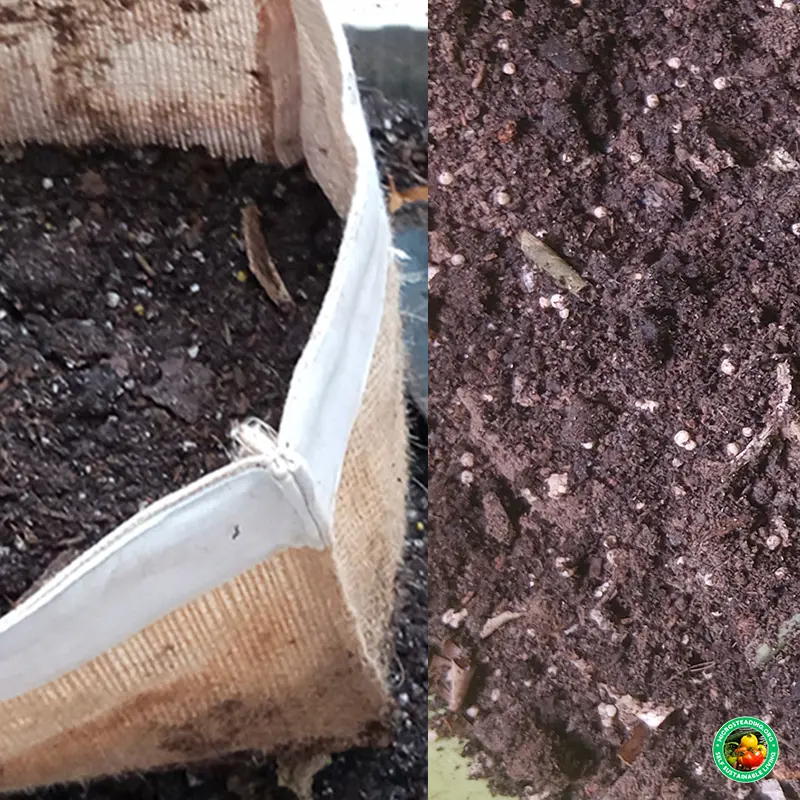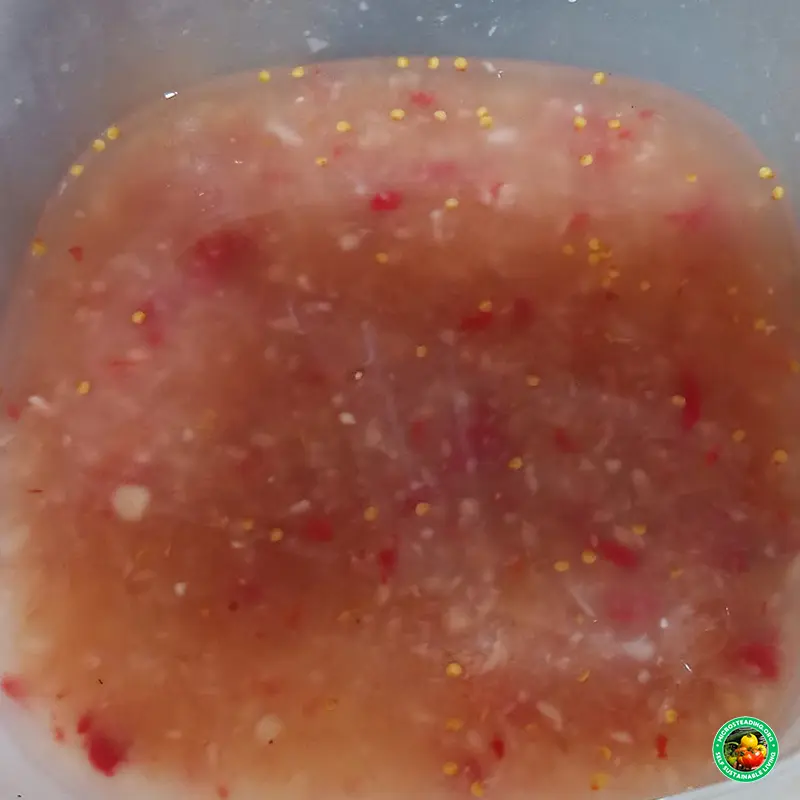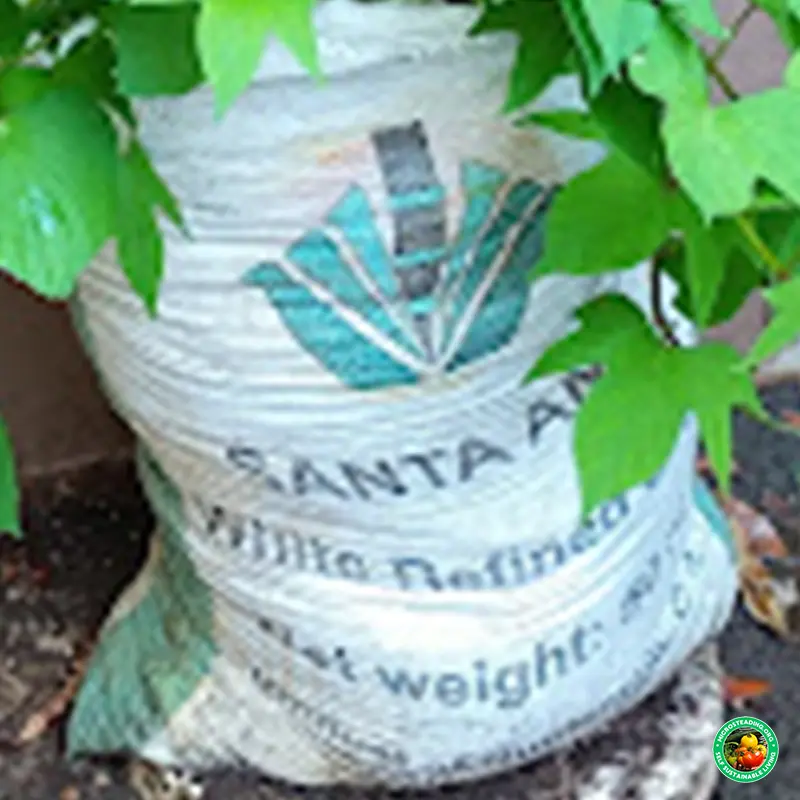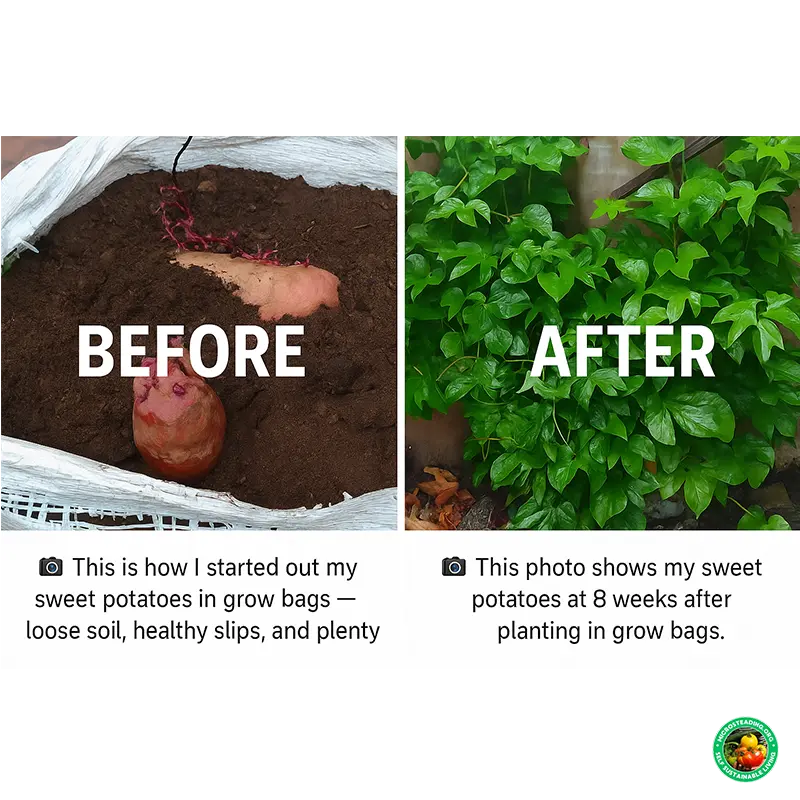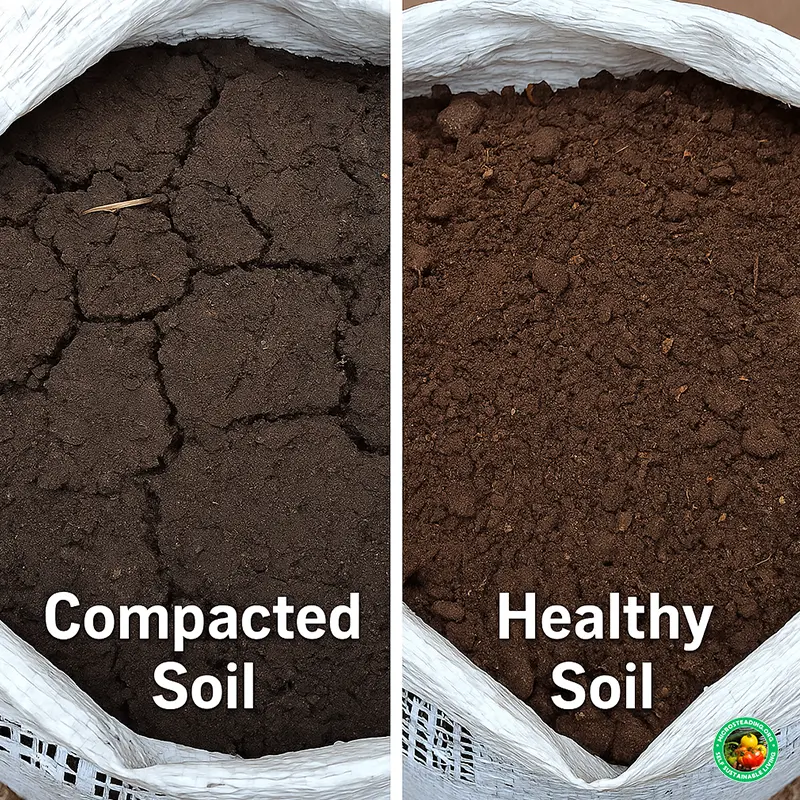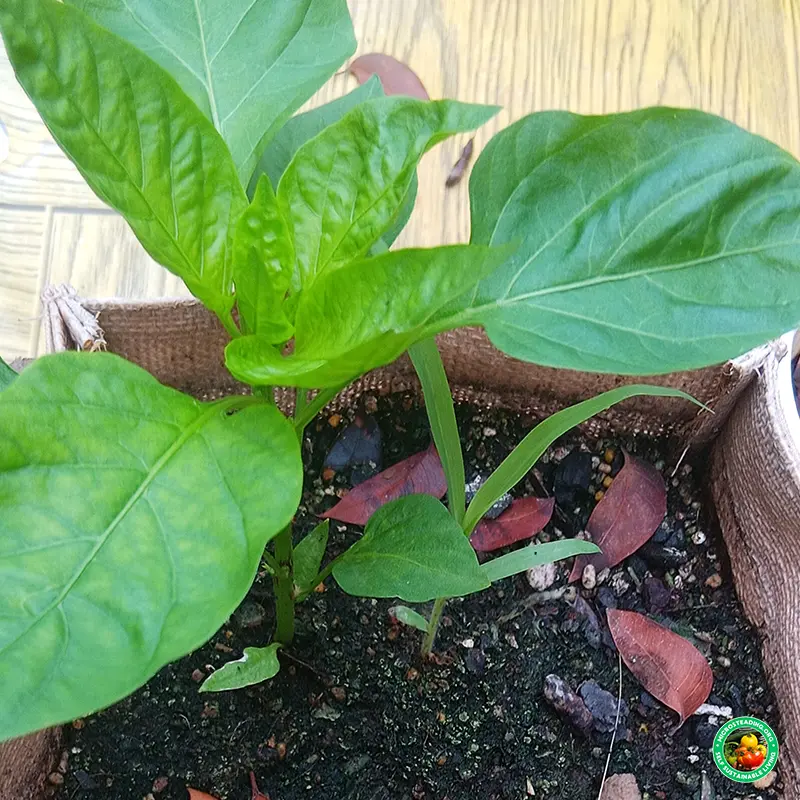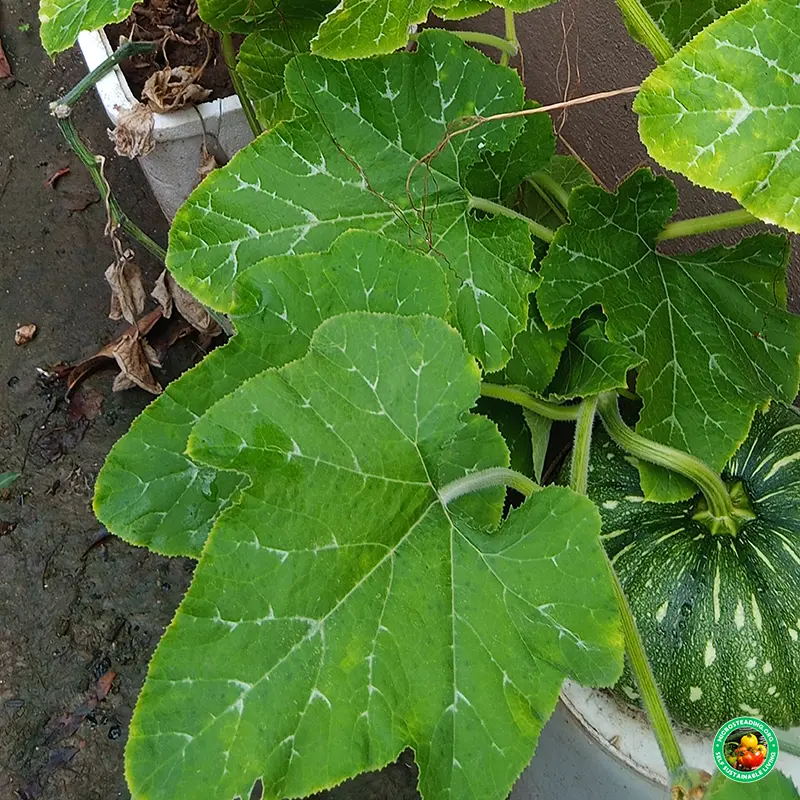Grow Bag Placement for Sunlight - Find the Sweet Spot
You’ve got your grow bags ready. Soil’s in. Plants are prepped. But before you dig in — literally — there’s one make-or-break factor you need to dial in:
☀️ Sunlight.
How your grow bags are positioned can determine whether you get lush tomatoes… or lanky disappointment. Good light doesn’t just boost growth — it fuels photosynthesis, flavor, flower production, and overall plant health.
The best part? Grow bags can be moved. That flexibility gives you a huge edge—but only if you know where to place them and when to adjust.

Let’s find your garden’s sweet spot.
🌞 How Much Sun Do Grow Bags Need?
- Most fruiting crops — like tomatoes, peppers, and cucumbers — need daily 6 to 8 hours of direct sun.
- Leafy greens like spinach or lettuce can thrive for 4 to 6 hours, especially in partial afternoon shade.
- Root crops like carrots or beets fall somewhere between 5 and 7 hours is ideal.
🔗 For crop-specific bag sizing, check out Choosing the Right Size Grow Bag — bag volume and light work hand-in-hand.
🧭 Best Directions to Face Your Grow Bags
In the Northern Hemisphere, your best orientation is:
- South-facing: Full sun for most of the day
- East-facing: Morning sun, afternoon shade (great for leafy greens)
- West-facing: Hot afternoon sun (can be intense in Zones 10–13)
- North-facing: Usually too shaded unless reflected off a wall or fence
Pro tip: Use a compass app or Google Maps to read your yard or balcony's exposure precisely.
🕓 Track Your Light: The 4-Step Method
Want to know exactly where the best sun hits in your microstead?
-
Place a white plate or piece of cardboard in your intended grow bag spot
-
Check and note the time whenever that spot gets full sun
-
Track for one full day (or several)
-
Add up the total hours of direct sun
🌐 Optional: Use our Sunlight Exposure Estimator for latitude-based sun-hour estimates and crop suggestions.
☂️ Dealing with Shade
If you’re working in a partially shaded space:
- Prioritize leafy greens and herbs
- Use reflective surfaces (white wall, foil, mirrors) to bounce light
- Keep bags close to the light source (railing, edge of patio)
- Rotate bags weekly to keep growth balanced
For pest-prone shade areas, add plants like mint or basil to repel bugs (see Companion Planting in Grow Bags).
🧼 Surface Matters: Don’t Roast Your Roots
The surface you place grow bags on matters almost as much as sunlight itself.
Avoid dark concrete or metal surfaces — they radiate heat and can cook the roots in full sun.
✔ Best: Wood decking, gravel, or light-colored pavers
⚠️ If using concrete, add a buffer layer like a foam mat, straw, or wood slats
For heat-sensitive crops, see our deep dive: Fabric vs Plastic Grow Bags.
🪴 Staging Tips for Optimal Placement
- Keep bags off the ground to improve drainage and reduce pests (crates, cinder blocks, plant stands)
- Space bags 6–12 inches apart to prevent shadowing
- Group crops by sun needs so you can reposition as a unit
- Mark your sunniest and shadiest zones once and use that map every season
🌿 Remember: With grow bags, you can rotate crops and containers. That’s your superpower.
🧭 Seasonal Adjustments: Know When to Move
The sun’s angle shifts throughout the year. What’s perfect in spring might be shaded in summer, and vice versa.
Set calendar reminders or use seasonal markers to:
- Adjust placement every 6–8 weeks
- Observe shadow creep from fences, trees, or buildings
- Take before/after photos to track growth in different spots
This is especially important in Zones 9–13, where intense summer sun can fry leaves and roots if bags aren't shaded or moved slightly.
🌿 What If I Can’t Get Enough Sun?
Not every microstead has perfect sun, but here’s what you can do:
- Choose low-light crops: lettuce, cilantro, chives, spinach
- Use LED grow lights for small indoor setups
- Grow shade-tolerant herbs like mint, parsley, and lemon balm
- Double down on compost-rich soil to fuel growth under lower light (see Best Soil Mixes for Grow Bags)
Remember that even 3–4 hours of direct sun is enough to get started. It's better to grow something than nothing at all.
Sunlight is free, but it's a limited resource in small grow spaces. The beauty of grow bags is that you're not locked into a single layout. You can chase the sun, adapt with the seasons, and find microzones that work for each crop.
Start by tracking where the light hits. Group plants by needs. Use reflective tricks, heat shields, and elevation to tweak performance. Most importantly, let observation guide your setup—your plants will always show you where they’re happiest.
With the proper placement, even one bag in the right spot can feed you for months.


